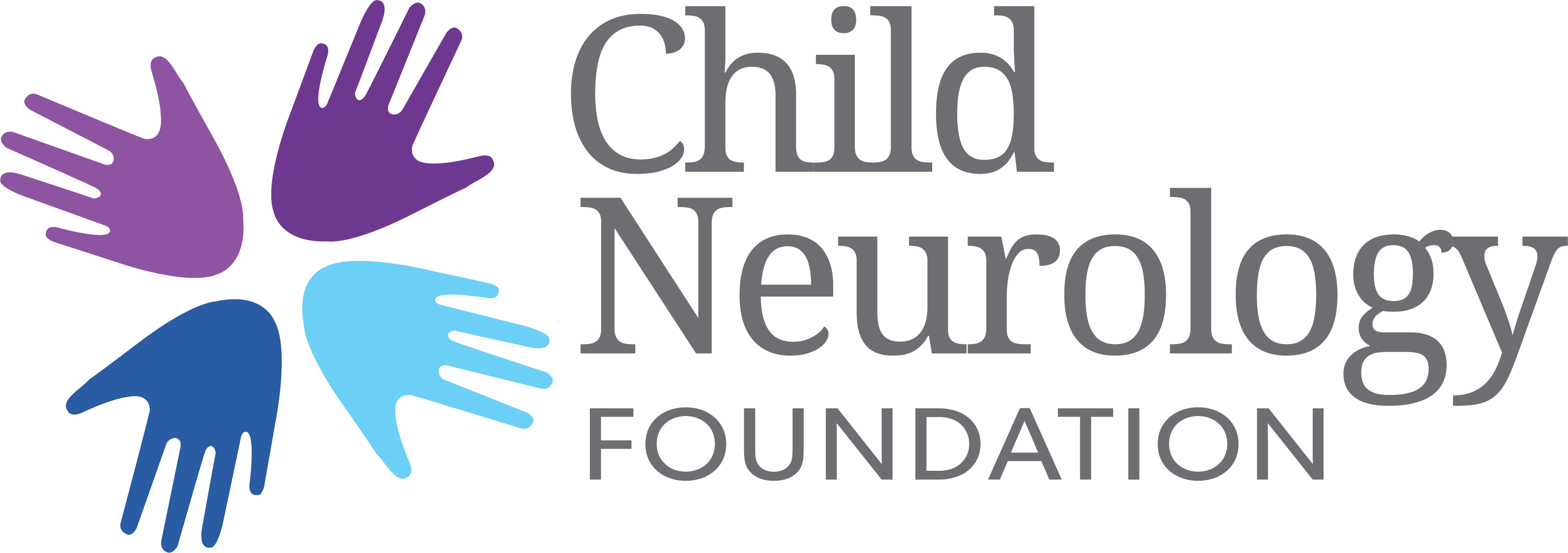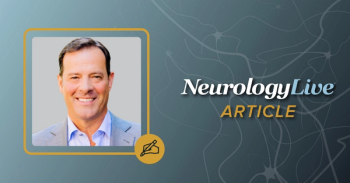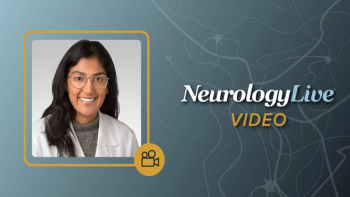
NeuroVoices: Amy Brin, MSN, MA, PCNS-BC, on Her New Role on an NIH NANDS Council

The chief executive officer of the Child Neurology Foundation discussed how her background in pediatric neurology will be used in a newly appointed NIH council position.
In early February 2022, the
NANDSC has 2 general functions: to advise the NIH on policy and procedures affecting the extramural research programs, and to provide a second level of review for all grant and cooperative agreement applications considered by the Institute for funding. Except for fellowships, the National Institute of Neurological Disorders and Stroke may not award a grant unless it has been recommended for support by the NANDS council.
To understand more about her new position, NeurologyLive® sat down with Brin. In a new iteration of
NeurologyLive®:Can you explain your new role and how your expertise will be used?
Amy Brin, MSN, MA, PCNS-BC: I hope I’m going to be helpful in the work of the council. The council is comprised of 20 representatives across the whole neurology sector, and a majority of them are clinician scientists, or sort of that “main hat.” Then the four of us represent more of the advocacy perspective, and it’s across the whole disease spectrum, whether that’s disease that are more oriented in adults vs pediatrics. We advise NINDS in the future programming gaps that are being seen and research funding. I’ve only been on one meeting thus far; I’ve got my second one coming up shortly.
It feels much more like a dialogue. It’s not a top-down approach. It’s wonderful that the staff and Walter J. Koroshetz, MD [the chair of the council], say “here’s some things we’re thinking about, we want you to weigh in and help us think through these further opportunities.” My hope is that I can provide a lens into those discussions. My training and my current role have always been in pediatrics. Even when I try not to, I will always be thinking of children and adolescents. I am representing the full spectrum, though, especially as the artificial wall on what is adult vs pediatric conditions is sort of dissolving. In all those conversations I’m going to be bringing in the patient and family perspective to say, how does this translate? From what we’re hearing from patients and families to hopefully inform the conversations to be as well-rounded as possible.
What are some of the initiatives/areas of need within the child neurology space that you feel need addressing with your new role?
Across the community, I would say we’re at a real point of change and excitement, but also great deliberation. We have so many innovations happening within the space and in the past, neurologists, especially pediatric neurology, were trained to treat symptoms, but now we’re understanding the underlying etiology. So how do we navigate that paradigm shift from training to clinical practice to the sandwich approach? As I call it. We can’t just focus on the physicians. How do we have families navigate this space and become educated and empowered to be equal partners with their clinician team? That whole change in the way that we’re caring for children living with neurologic conditions cannot be underscored enough. It's an opportunity for us as a sector to give each other grace to say, things are changing and we better do it together, because we’re operating in silos and it’s not going to be even.
In September, I’ll be [at the Child Neurology Foundation] for 8 years. My clinical practice was always in pediatric palliative and hospice medicine. I can feel a real change in the acknowledgment of patient centricity and the importance of—whether it is an advocacy program, educational program, or a lot of convening of conversations—to not knock as hard as hard at the foundation level to get patients and families involved in this conversation. The message has been heard, and now it’s an exciting time to say, well, what are we going to do together about that? That makes me very proud of the community that we live in.
Transcript edited for clarity.
Newsletter
Keep your finger on the pulse of neurology—subscribe to NeurologyLive for expert interviews, new data, and breakthrough treatment updates.



























